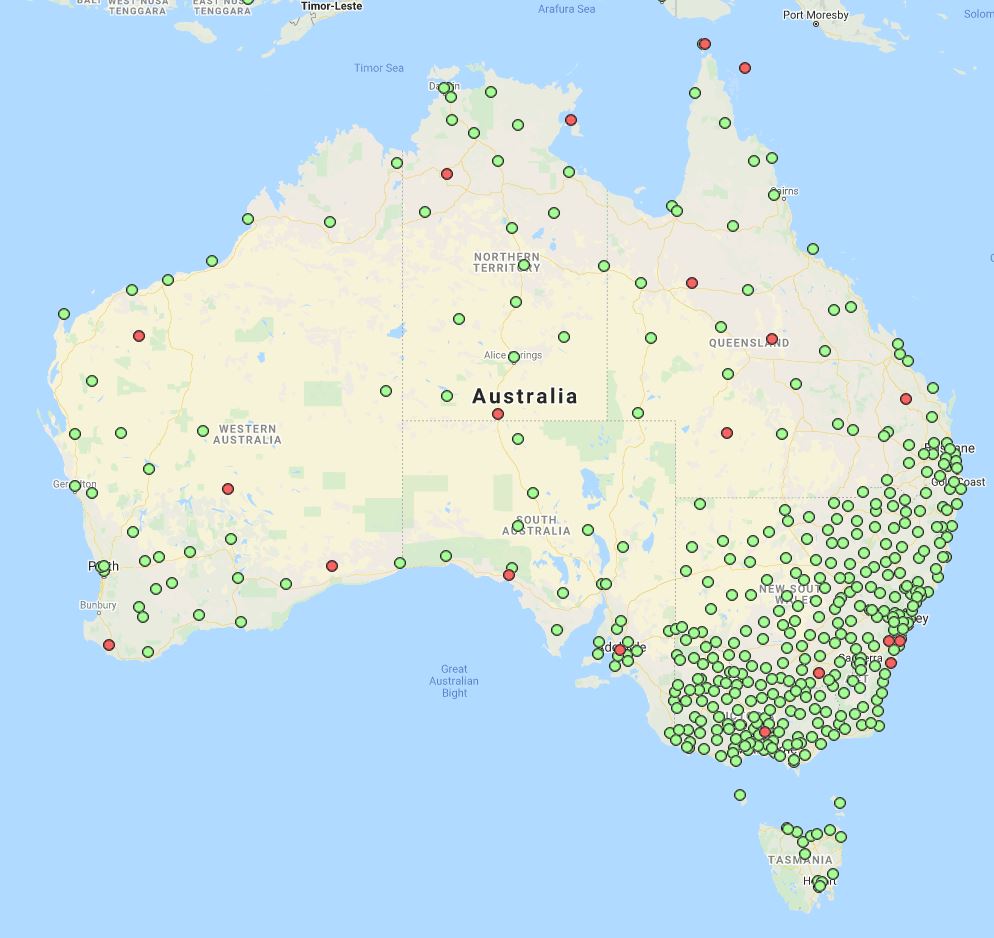Working along a control line requires knowing the distance between the defining point A and the target P. To orient the theodolite, you’ll need a second point to position the telescope before measuring the distance.
The given line and the distance between P and A define the point P. In case P is not on the line, in addition to the above, the perpendicularly measured offset between the line and P is needed.

Instead of line and offset, P can be defined with the angle Hz between the line and the direction (left or right of the control line), plus the distance between the instrument and P. These are so-called “polar coordinates,” often used by surveyors.
Working With Northing and Easting

Similar to the line and offset used in the grid above, you need two values to define a point position. In special cases, the northing and easting values match the official country mapping datum.
Calculating Point Elevation
To measure the absolute height of point P, you must know the height of the tilting axis of the telescope. The height of the tilting axis is the elevation of the station point Hs plus the height of the instrument setup (=hi).
Next, to compute the elevation of P, the height of the reflector (typically denoted as hr) must be known as well. The instrument further determines the height difference dh between the reflector and tilting axis of the instrument out of the measured zenith angle and the distance measured. Finally, the height of point P can be computed as: Height of P = Hs + hi – hr + dh.


